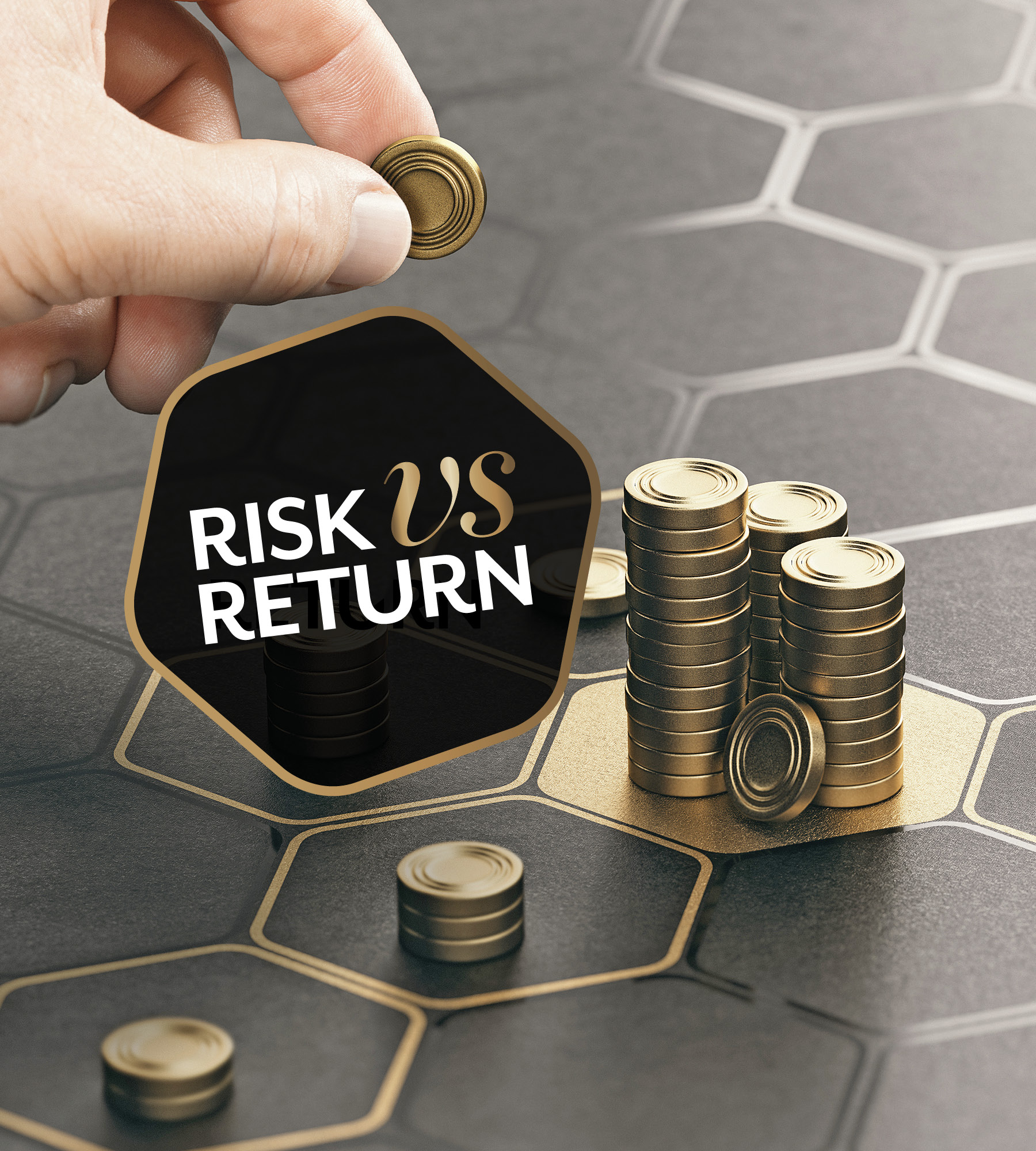Language
You can read the magazine in one of the following languages
Geolocation
You can read the global content or the content from your region

Around the world, governments have been using fiscal and monetary stimulus packages to protect their economies from the disruption of COVID-19. As a result, global interest rates are hovering around zero.
“Rates fell as stimulation increased, which put more pressure on bond markets,” explains Will Hamilton, Managing Partner of Hamilton Wealth Partners. “At the same time, the pandemic compressed earnings so, for a lot of businesses, dividends were down.”
This environment is driving the wealthy individuals and families to rethink their investment strategies.
“Many have pushed up the risk curve and, as a consequence, we’ve seen equity markets reach all-time highs,” says Justin Gilmour, Managing Director of Integro Private Wealth. “Given the strength we’ve already seen in the markets, the question now is where do investors go from here?”
Jasmin Argyrou, Portfolio Manager and Director of Private Banking at Credit Suisse, isn’t too concerned by inflation. “I don’t think it will rise quickly enough to negatively impact profit margins because the recovery in wage growth will be contained,” she predicts.
“The policies introduced as a result of COVID-19 will continue to support equities by driving recovery in corporate earnings, and that will play out over both the short- and longer-term.”
The pandemic has accelerated some of the growth trends in place before 2020, most notably telehealth, and goods and services such as digitalisation and online learning that support working from home.
“We’ve also seen acceleration in decarbonisation,” Argyrou adds. “The pandemic allowed governments to embrace ongoing fiscal deficits in a less inhibited way, initially by spending on income support measures. Now this is shifting towards infrastructure and, in particular, green technology.”
There are also opportunities in cyclical or economically sensitive stocks. “Cyclical stocks generally follow the economic cycle of boom and bust,” Gilmour says. “Some areas, such as UK equities or the less-covered Asian small-cap equities, are leveraged to a cyclical rebound and, as such, poised for recovery.”
Hamilton has been working with high-quality illiquid assets for some time. “Well before COVID-19, we built out asset allocation to diversified credit, then diversified that into property credit, infrastructure, private equity and direct real estate,” he shares. “This reduced volatility during the pandemic downturn, and they’re continuing to provide good, solid returns as they help manage risk.”
“The policies introduced as a result of COVID-19 will continue to support equities by driving recovery in corporate earnings.”
- Will Hamilton
The pandemic has sparked a proliferation of products in less liquid or less traditional asset classes such as private debt, private equity or unlisted property. “The challenge for investors is making sure they’re comparing apples with apples,” Gilmour points out.
“For instance, debt products can range from private lending secured against tangible assets such as property to financing private companies with no tangible asset backing. Investors need to consider the yield or level of return they expect to receive relative to risks, which include return of capital and the likelihood of a fixed lock-in period.”
Argyrou uses bonds to diversify portfolios and reduce volatility and overall risk, but even before COVID-19, the low-interest-rate environment was reducing potential for returns over the next five or so years. Diversification benefits are also muted.
“Earlier this year we decided to reduce our allocation of Australian bonds and increase the allocation to equities,” she says. “We also increased diversification within bonds by taking a more international view, incorporating emerging market bonds, high-yield bonds and corporate investment-grade global bonds.”
Before the pandemic, Credit Suisse estimated that collectables in private collectors’ hands were worth US$1 trillion.
“Globally, more than half of our clients are collectors,” Argyrou reveals. “Our research found that fine art constitutes the biggest share of annual sales, followed by watches and jewelry, wines and classic cars.”
Gilmour’s view is that investing anything above five to 10 per cent of one’s wealth in collectables would be disproportionate. “They only deliver a return if they’re sold for a profit,” he says. “Also, valuable items must be insured, and may require special security or storage conditions, which can be high ongoing costs.”
Some wealthy families are exploring ways to strengthen investment returns with lower tax rates. “Singapore, for example, offers very generous tax concessions for people who set up a family office there,” says Mark Pollock, a Tax & Advisory Partner with BDO.
“Kylie Luo from BDO Singapore has reported that 200 family offices have been set up in the past 12 months. That’s a lot of wealth shifting into an already significant financial center – though moving countries isn’t a decision to be taken lightly.”
Low interest rates coupled with the COVID-19 pandemic present both long- and short-term implications for investment decisions.
“On one hand, ultra-low interest rates in the face of even moderate levels of inflation would erode the purchasing power of cash over time,” Gilmour says. “On the other hand, adopting a higher-risk profile when markets have already been running strongly can be a daunting prospect. The challenge right now for wealthy investors is to find the risk/return trade-off that works best for them.”